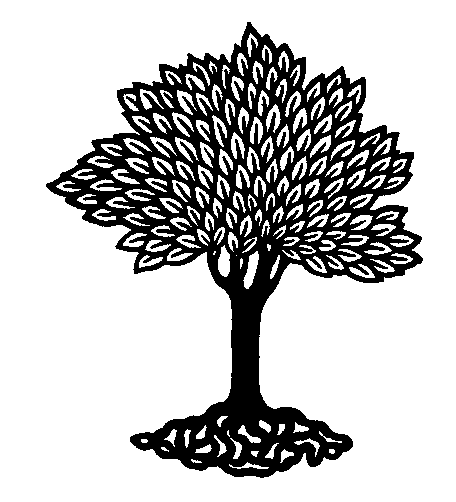 |
Plant Taxonomy (BIOL308) - Stephen G. Saupe, Ph.D.; Biology Department, College of St. Benedict/St. John's University, Collegeville, MN 56321; ssaupe@csbsju.edu; http://www.employees.csbsju.edu/ssaupe/ |
 |
Plant Taxonomy (BIOL308) - Stephen G. Saupe, Ph.D.; Biology Department, College of St. Benedict/St. John's University, Collegeville, MN 56321; ssaupe@csbsju.edu; http://www.employees.csbsju.edu/ssaupe/ |
Gink and Go Meet the Ranunculaceae
Setting: Gink and Go are relaxing over a cup of coffee after a long evening studying the Magnoliaceae. The conversation begins:
Gink: But what about the Buttercup Family? Are they primitive, too?
Go: You bet - traditionally they have been considered the most primitive of the herbaceous plant families and closely related to the Magnoliaceae. Cronquist classified them both in the Magnoliidae, but cladistic analyses suggest that the Ranunculaceae belongs in a different clade they call the basal tricolpates.
Gink: Basal Tricolpate - that sounds like the name of a detective.
Go: Cute - you know that tricolpates are those dicot-like plants that have pollen grains with three groves rather than one like Magnoliaceae and its relatives.
Gink: Yeah right. Anyway, are they trees like the Magnoliaceae?
Go: Nah, they are herbaceous perennials, with alternate, compound or dissected leaves.
Gink: What's a dissected leaf? Is that like chopping up a dead rat like we did in Concepts?
Go: No goofball - dissected means that the leaf blade is finely divided. And the leaves often have a sheathing base.
Gink: Oh. So what else is interesting about this family?
Take a look at the diagram (see the overhead or figure in your text).
Go: Plants in this family usually have many stamens, numerous carpels, that are spirally arranged on an elongated receptacle, actinomorphic flowers, and the perianth is often with showy petaloid sepals or reduced and apetalous.
Gink: Are they good to eat?
Go: No way, many of them produce cyanogenic glycosides and others make alkaloids.
Gink: You're making me hungry. They must be good for something other than to look at.
Go: Well, actually you're right - they are some of our prettiest spring wildflowers and garden ornamentals, but otherwise they have few economic uses.
Gink: Do you find many on campus?
Go: Sure do - for example, Hepatica (Hepatica americana), buttercups (Ranunculus sp) , Pasque flower (Anemone patens) and other anemones, Baneberry (Actaea rubra), Marsh marigold (Caltha palustris) and Rue-anemone (Anemonella thalictroides) are especially common ones.
Gink: Maybe we should try to write the floral formula for this family, too?
Go: Good idea - let's do it.
(Write the floral formula in your notes now).
| Top | Plant Tax. Home | Lecture Home | SGS Home | Disclaimer |